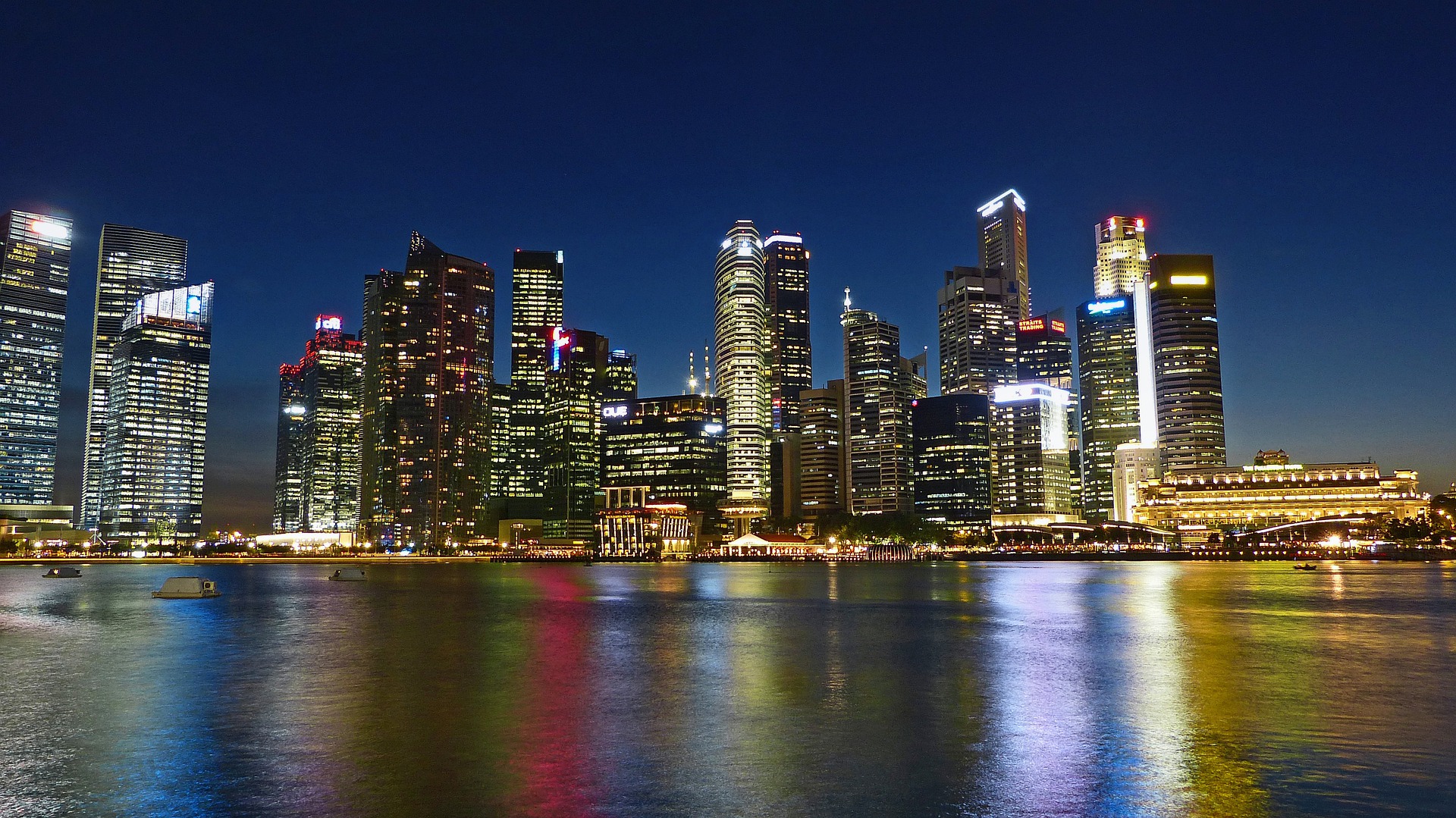Looking to the past and present for a brighter future
By studying current trends in urban living, predicting floods associated with sea-level rises, and identifying drugs in ancient traditional medicines, scientists across NTU are gaining valuable insights to improve the lives of tomorrow.

According to the United Nations, almost 70% of the world’s population will live in urban areas by 2050. To build sustainable cities for work and play, it is important for policymakers to understand the various aspects that make up a city. A team led by Assoc Prof Goh Kim Huat of NTU’s Nanyang Business School, in collaboration with researchers from the National University Health System, Mastercard and DataSpark, embarked on a project known as “Assessing Cities: A SCoRE (Societal Comprehensive Reflective Estimate) Methodology” that aims to combine data analysis methods with social science theories. Using this multi-perspective framework, the collaborative team will identify and monitor outliers of significance. Ultimately, the project will tease out trends between the economy, health, the environment and societal attitudes to inform urban planning and design. “Our findings will enable policymakers to quickly sense and respond to the changing character and needs of different planning areas,” says Assoc Prof Goh. The project is supported by the Cities of Tomorrow R&D Programme, under Singapore’s Ministry of National Development.
==
Singapore and the surrounding Southeast Asian countries commonly face coastal flooding risks associated with temporary rises in sea levels from storm surges and tsunamis. Known as extreme sea-level events, these floods damage property and disrupt ecosystems. Assoc Prof Adam Switzer of NTU’s Earth Observatory of Singapore is leading a project called “Assessing Extreme Sea Level Exposure for Singapore and the Central Sunda Shelf Region”, which will provide a comprehensive coastal hazard assessment of these threats. Supported by the National Sea Level Programme under Singapore’s National Environment Agency, the team will develop new algorithms and models to assess the potential interactions between extreme sea-level events and sea-level changes. Through their findings, the researchers will also provide a framework to predict the changes expected with future sea-level rises, laying the foundation for a flood warning system for coastal areas. “We look forward to being able to forecast and forewarn extreme sea-level events, as well as to investigate the potential impacts of such events on coastal currents, port operations and coastal infrastructure,” says Assoc Prof Switzer.
==
As some of the most biodiverse regions in the world, the Malay peninsula and Indonesian archipelago are home to many medicinal plants used in traditional medicines, some of which are now exported worldwide. Throughout history, experts from China, the Middle East, South Asia and Europe had brought their medical knowledge and materials to the region. However, the influences of these communities on Malay traditional medicines remain unexplored due to a lack of means to track and identify medical terms across different languages. The project “Polyglot Medical Heritage in Maritime Southeast Asia: Foundational Resources and Digital Tools”, led by Asst Prof Michael Stanley Baker of NTU’s School of Humanities, aims to build digital tools for the cross-cultural study of the history of medicine in maritime Southeast Asia. Supported by a grant from the National Heritage Board, the team will develop a digital text repository of Malay and Chinese medical manuscripts as well as a digital platform that correlates drug terms in these languages with modern botanical taxonomy. Using these tools, the researchers will compare medical manuscripts from the Malay and Chinese traditions to examine how traditional medicine was influenced by the different communities living in the region. By aligning the recipes with up-to-date botanical databases, the researchers aim to pave the way for a system that allows researchers and medical practitioners to look up traditional remedies and identify bioactive ingredients. Medical researchers and policymakers will then be able to study traditional medicines across different cultures at a level that has never been attempted before.
The article appeared first in NTU's research & innovation magazine Pushing Frontiers (issue #20, June 2022).














/enri-thumbnails/careeropportunities1f0caf1c-a12d-479c-be7c-3c04e085c617.tmb-mega-menu.jpg?Culture=en&sfvrsn=d7261e3b_1)

/cradle-thumbnails/research-capabilities1516d0ba63aa44f0b4ee77a8c05263b2.tmb-mega-menu.jpg?Culture=en&sfvrsn=1bc94f8_1)


.tmb-listing.jpg?Culture=en&sfvrsn=ab6472c8_1)

.tmb-listing.jpg?Culture=en&sfvrsn=8fcd2938_1)
.tmb-listing.jpg?Culture=en&sfvrsn=7a33f2b7_1)
.tmb-listing.jpg?Culture=en&sfvrsn=3b74ec1c_1)